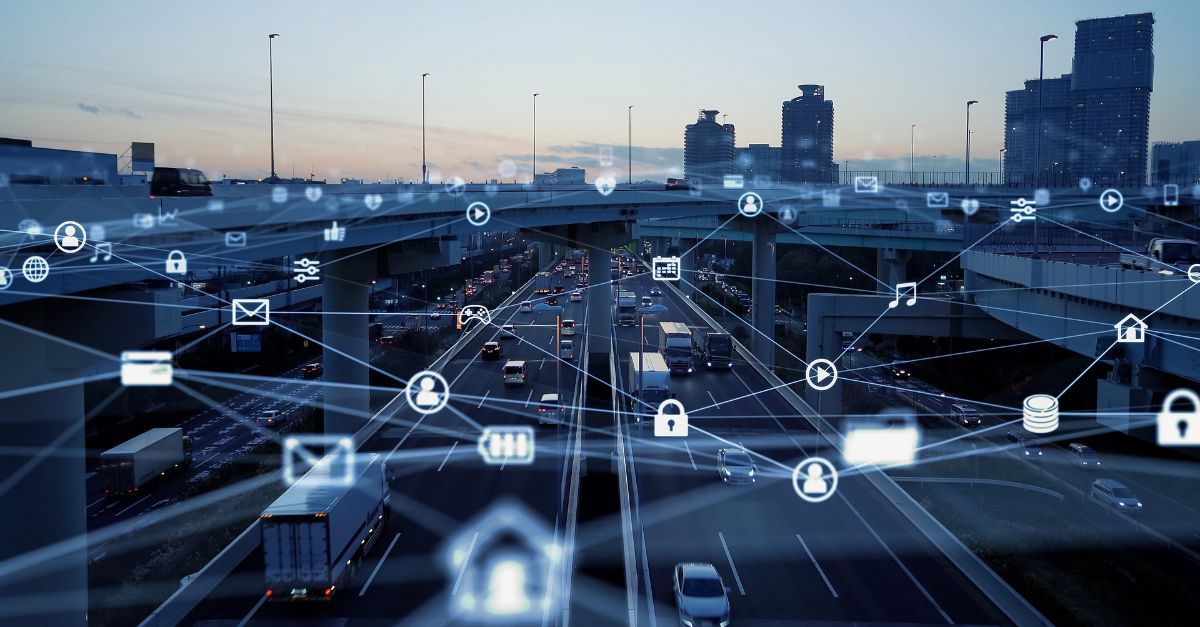The industrial market is currently undergoing a revolution. Historically, industrial revolutions bring with them greater productivity and efficiency underlined by the invention and commercial integration of new tools within industrial production. Dubbed Industry 4.0, this new industrial revolution promises productivity at scale through greater connectivity facilitated by the Industrial Internet of Things (IIoT).
Industry 4.0 is characterized by greater connectivity and human interaction with machines and networks, however with these benefits, also come greater security risks, and new challenges in terms of securing large-scale and legacy systems.
Industrial Security: What are the Challenges?
As IIoT continues to develop, organizations are managing greater challenges in securing their IIoT infrastructure. From updating old systems, keeping up with compliance, managing supply chains and navigating growing security threats, organizations have a number of obstacles to address in order to ensure the security of their IoT networks:
- Legacy System and Network Vulnerabilities: Updating and integrating legacy systems in an IoT ecosystem can pose detrimental security risks, as outdated systems and hardware are more vulnerable to a variety of sophisticated attacks that were not considered when these systems were in development. Legacy systems and network vulnerabilities need to be monitored, regularly updated and securely provisioned for in order to ensure a tight security infrastructure.
- Integration: Integration of security into IoT ecosystems poses a significant task to security teams. Industrial IoT deployments are demanding in their scale and complexity and requires comprehensive strategies to ensure interoperability as well as consistent identity lifecycle management practices to avoid becoming vulnerable to a breach.
- Device Lifecycle Management: With the complex nature of IIoT ecosystems, it is no longer practical to secure IoT devices and infrastructures manually, and so automated device lifecycle management is crucial to a secure IoT infrastructure. Manual Device Lifecycle Management (DLM) allows for a delayed response to security vulnerabilities, and not only this but manual device management can be a drain on time and resource allocation, meaning that less time is spent on other critical tasks and projects, reducing productivity.
- Data Privacy and Compliance: IIoT networks rely on the transition of vast amounts of data. Industrial IoT security teams must adhere to complex industry compliance regulations to mitigate the risks and consequences of a potential breach. Legacy systems complicate the matter further as they are sometimes incompatible with modern standards.
- Supply Chain Risks: Vulnerable IIoT systems can pose significant threats to supply-chain management and productivity. A breach could potentially thwart operations and cause total halts to productivity, compromise consumer data and incur significant fines. This is complicated further as supply chains, with numerous components that need securing, can be part of the challenge themselves.
- Impact of AI: The increasing use of AI by cybercriminals means that IoT security teams must adopt dynamic threat responses to ever-developing attacks on IoT infrastructure. These increasingly sophisticated AI-powered threats are leading to a quiet arms race between malicious actors and security teams as each leverage AI for their own purpose, and creates further strain on IIoT security.
How Can Industrial Leaders Overcome IoT Security Challenges?
However, a strong security infrastructure and good planning can guide organizations in managing the challenges of Industrial IoT security. Public Key Infrastructure (PKI) serves as the foundation for obtaining and managing the certificates necessary to secure IIoT networks at scale. There are a number of measures that Industrial security teams must consider in order to ensure the security of their IoT ecosystem:
- PKI Security: Implementing a PKI solution helps organizations to secure their IoT ecosystem by offering authentication of devices and networks, secure data encryption, and device integrity. PKI solutions need to be built in to IIoT security infrastructures from the start to create secure device identities from manufacturing to deployment. This can be strengthened further with automated solutions for device enrollment with admin control so that unique device identities can be managed throughout their lifecycle, including auditing and reporting.
- Implementing Authentication and Access Controls: Authentication and access controls for unique device identities must be implemented and limited to administrative access. The increased use of the cloud for IoT ecosystems exposes stored data to exploitation. To avoid a breach, this data must be encrypted and protected with access controls.
- Regular System Updates and Patching: As cyber-attacks become more sophisticated with developing. technological advancements, it is crucial to the security of an IoT network and all of its data to regularly perform network updates and patching. This is especially crucial for mitigating the network vulnerabilities posed by legacy systems which will need regular vulnerability patching in order to defend against new cyberthreats.
- Regular Security Audits: Conducting regular security audits is an important part of any security framework – assessing existing vulnerabilities, threat response procedures, and solutions to strengthen security posterity. This is equally, if not more true, for Industrial IoT where a breach would have a significant impact on manufacturers, consumers, critical infrastructure and the industrial supply chain, as well as the organization that could be a victim of a breach. Security audits and planning should be ongoing and always developing in order to respond to developing threats, update outdated infrastructures, and improve security responses, not just in planning stages or on an annual basis but as a consistent feature of a secure infrastructure.
- Employee Training Awareness: Employee awareness is a key consideration when building any security framework, and similarly to security audits and reviews, the same can be said for IIoT security infrastructures. Many breaches occur as a combination of loosely monitored access controls and a lack of employee education around security. Employee education should be built in from the beginning of a strong, well-structured security plan, in order to minimize the risk of a breach and to ensure a quick, dynamic threat response should vulnerabilities arise within a network. Employee awareness is especially crucial in responding to brisk attacks such as zero-day vulnerabilities.
Discover our IoT Edge Enroll Solution
The Importance of Securing Industrial IoT
Industry-wide cooperation is required to address and prevent evolving cybersecurity threats. Vulnerabilities within a network can cause disastrous consequences within critical areas of industry such as supply chain management and critical infrastructure.
Simplify Identity Lifecycle Management with IoT Edge Enroll
The best way to prevent the exploitation of vulnerabilities is to close them with a strong PKI security infrastructure. PKI based security measures are the most secure way to protect IoT networks and assets, as well as being a more efficient and scalable solution for IoT security. Automating IoT security with Identity Lifecycle Management platforms also reduces the burden on security teams to update and manage vulnerabilities and allows for an agile response to security issues.







